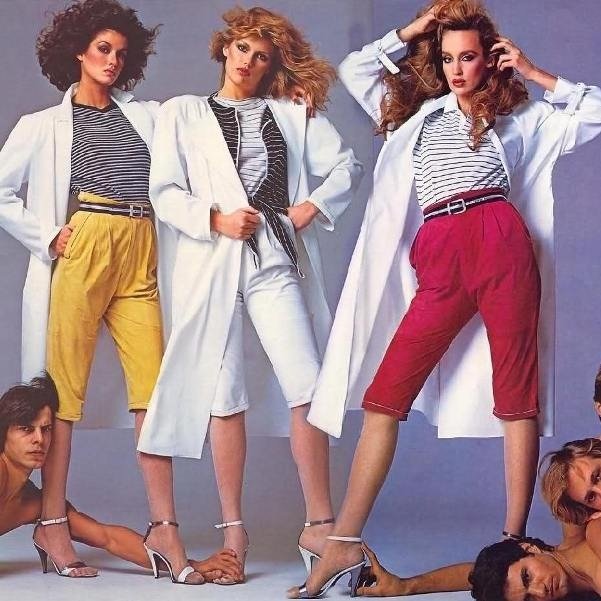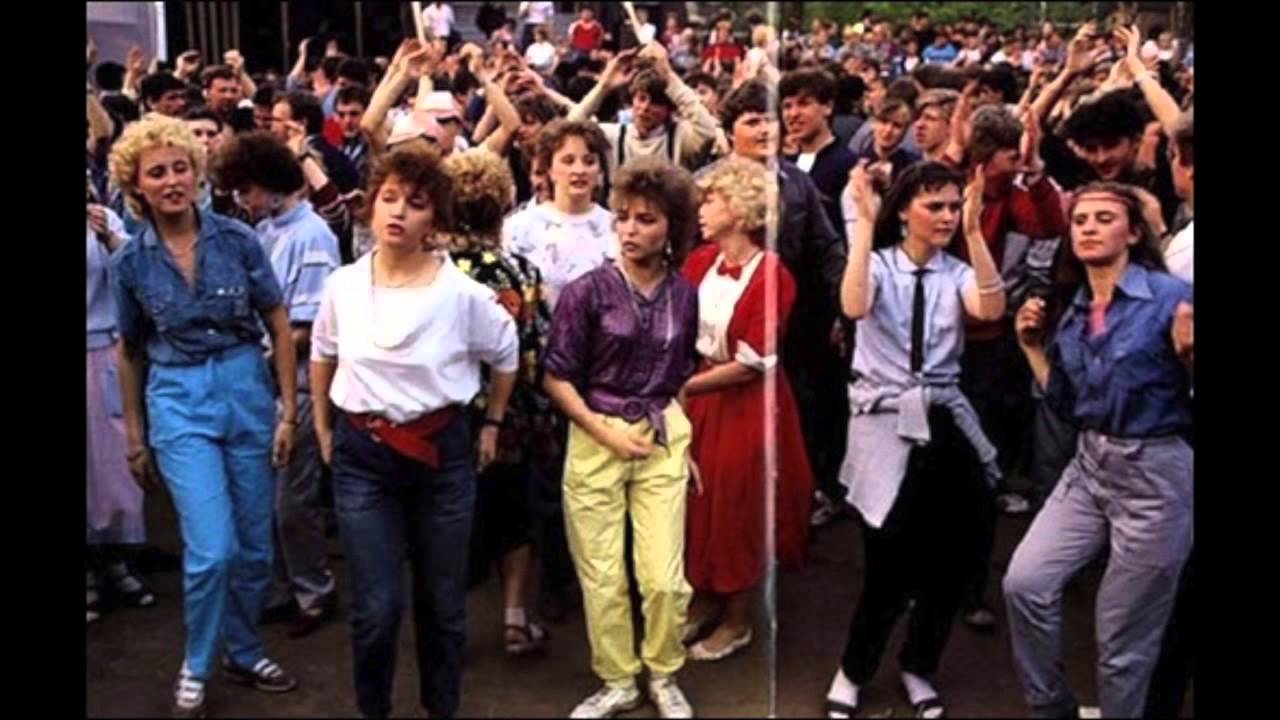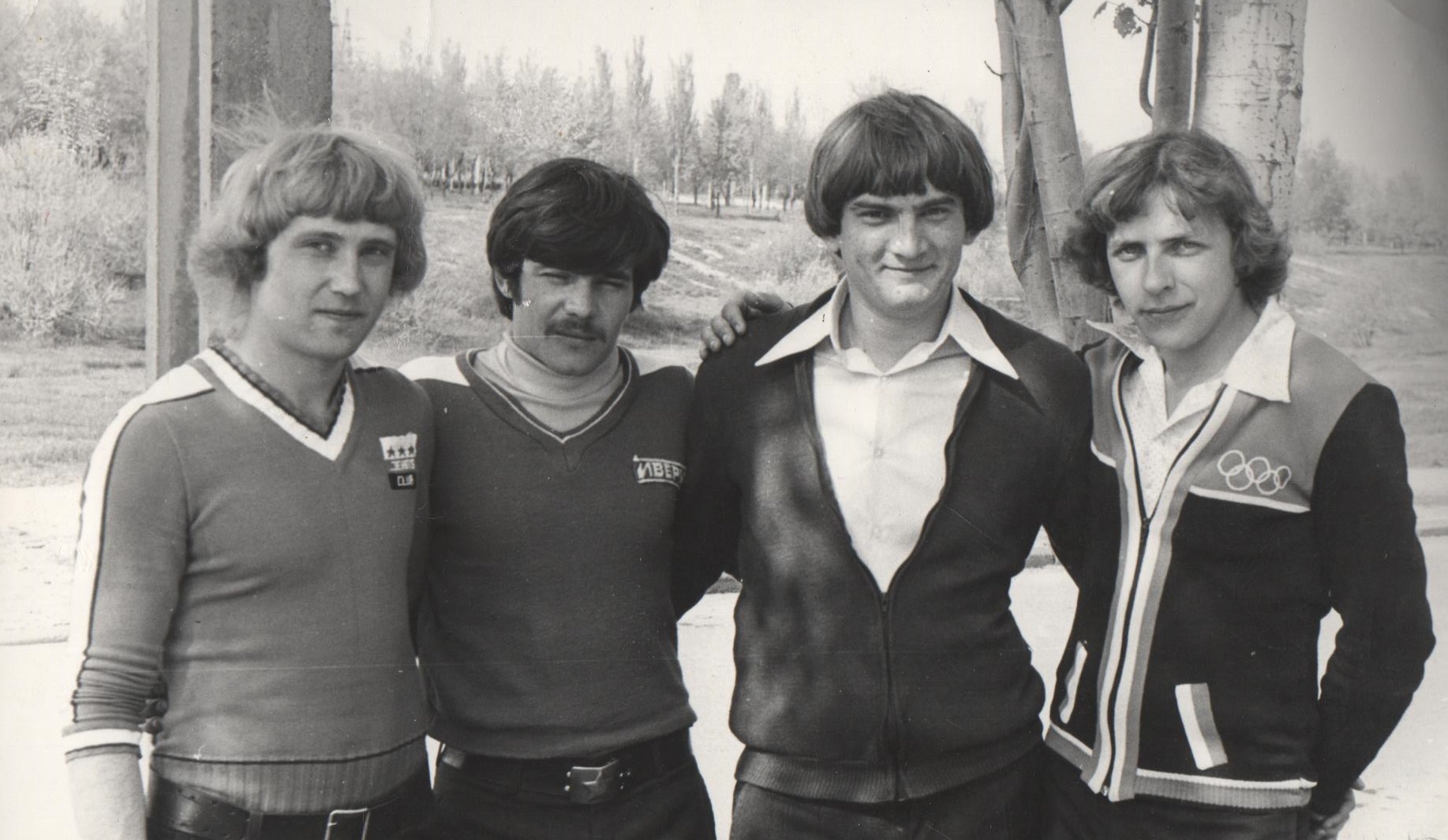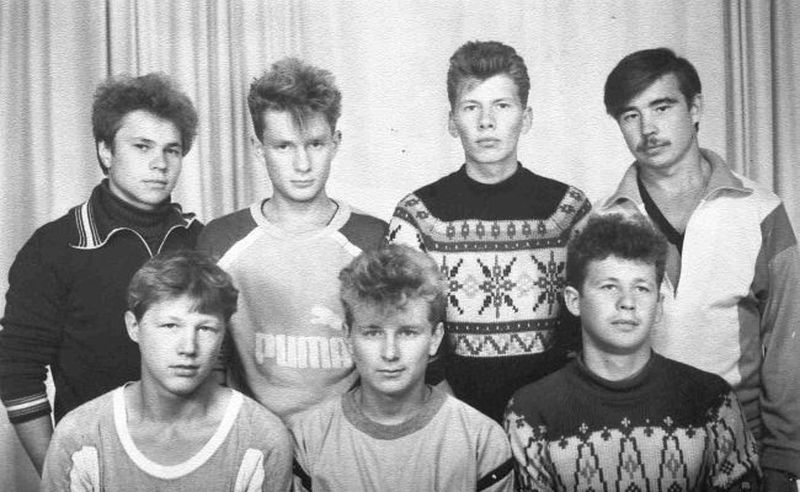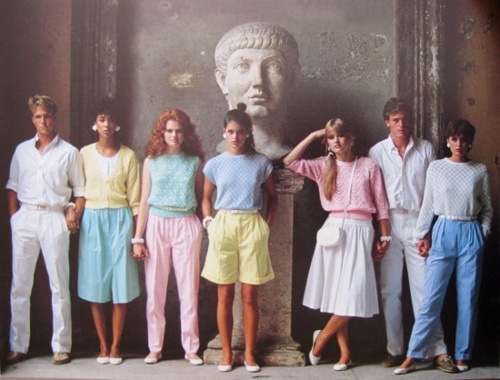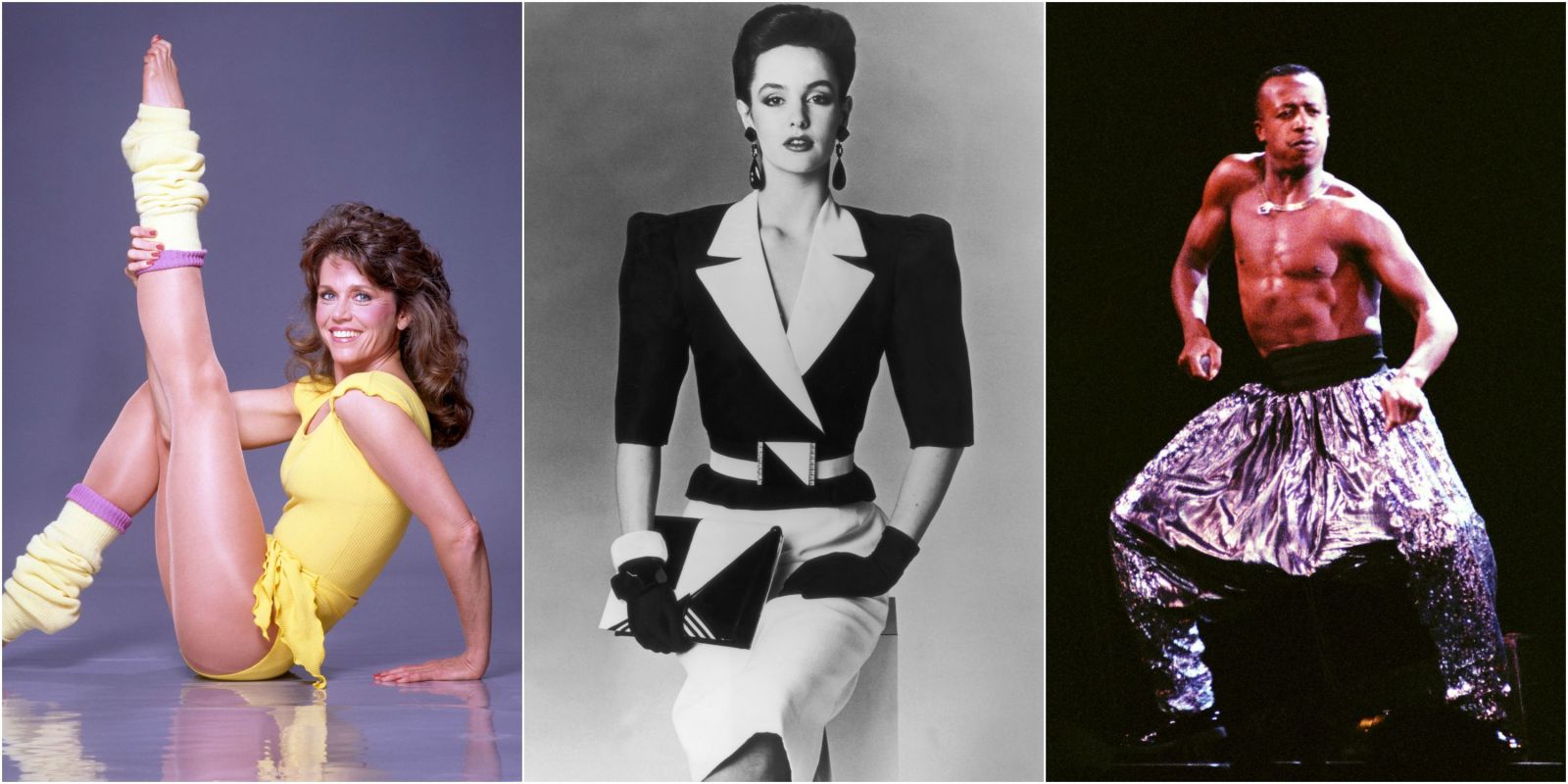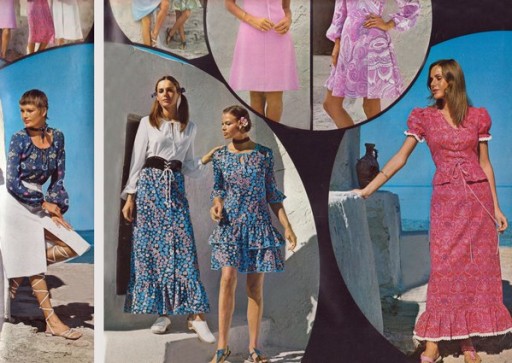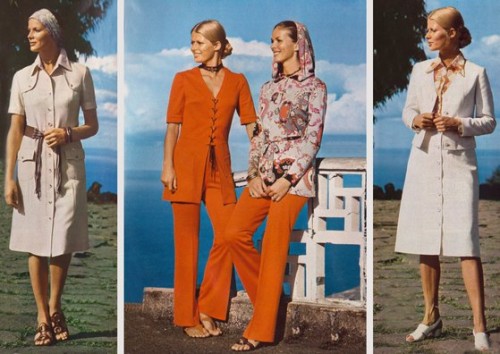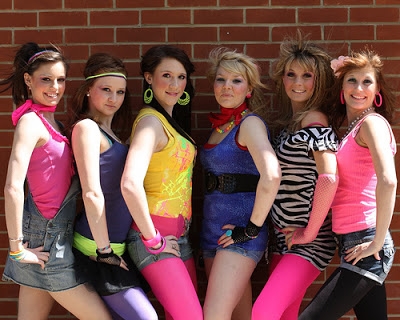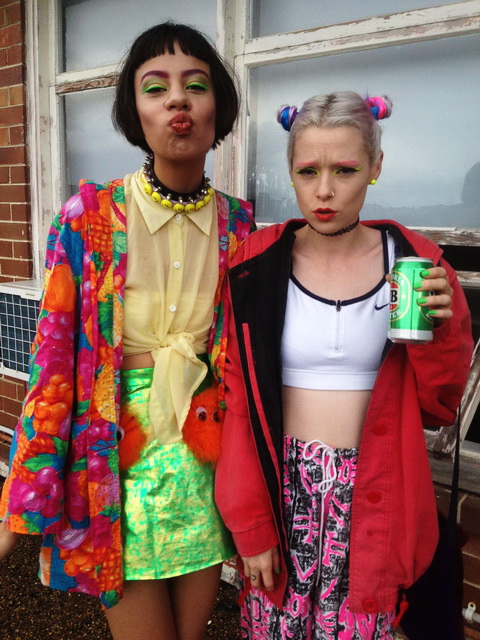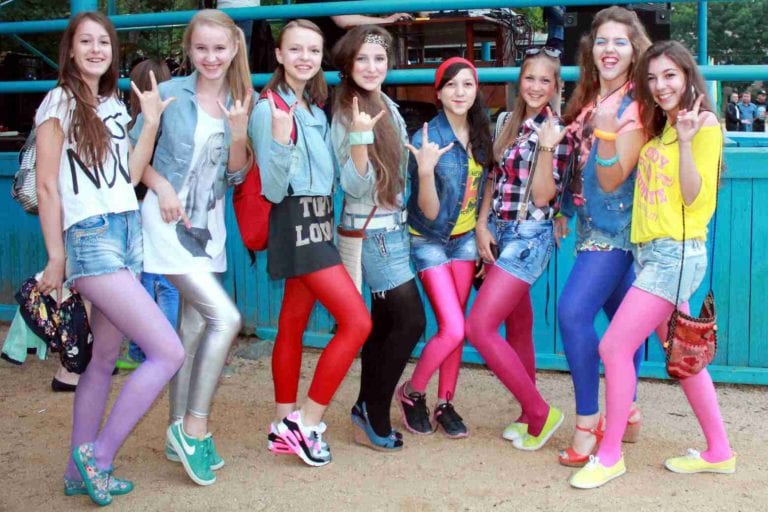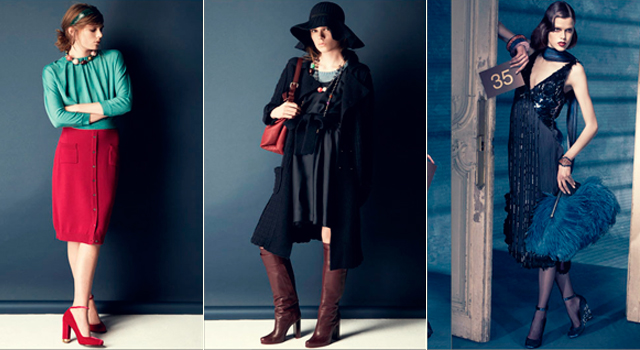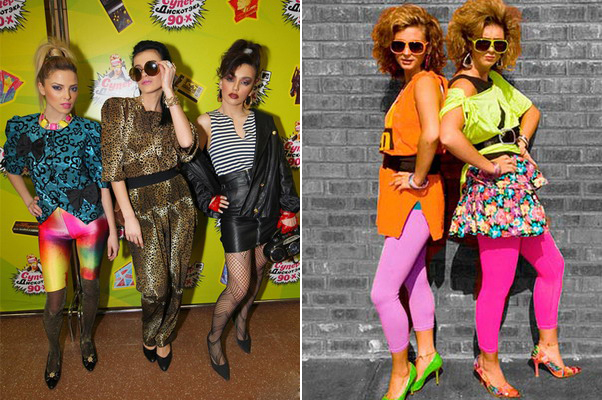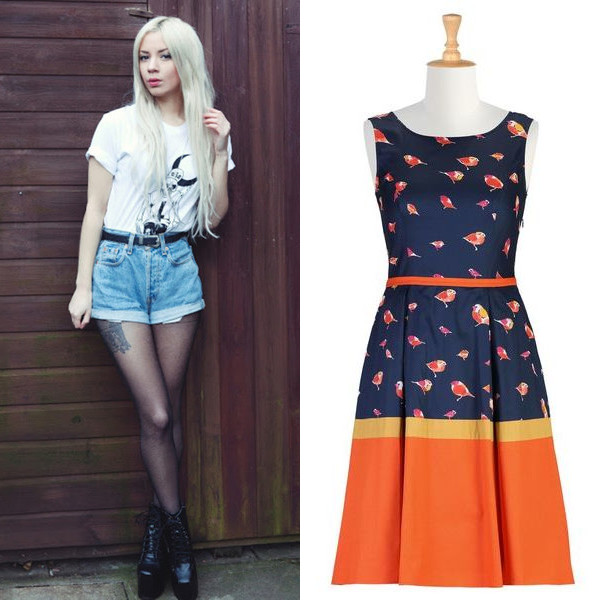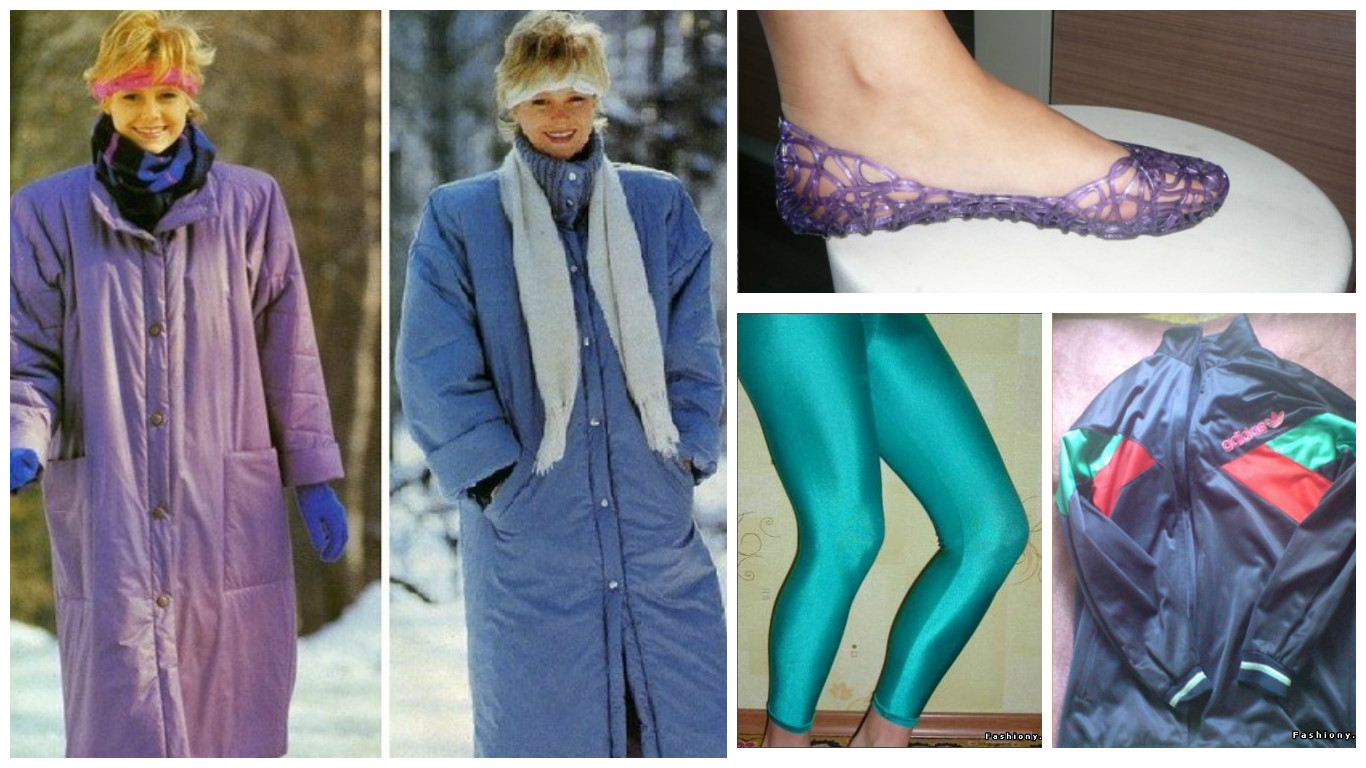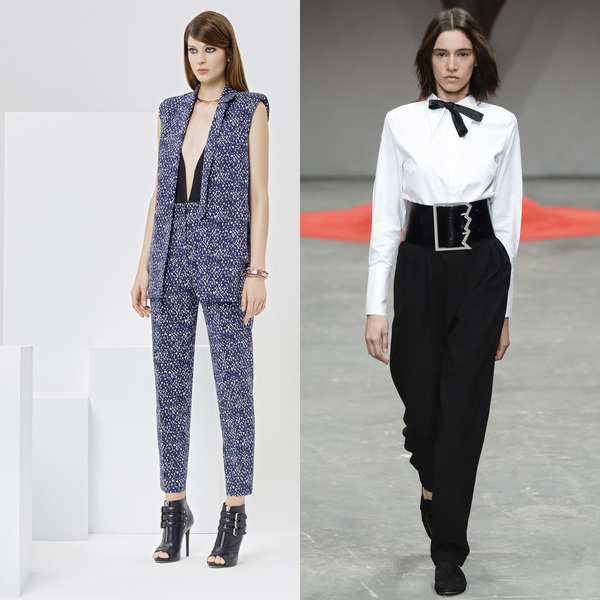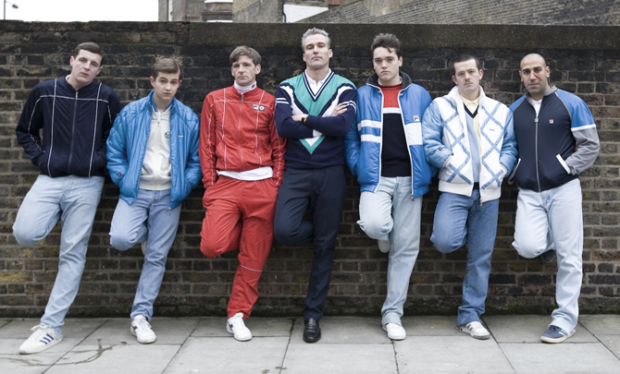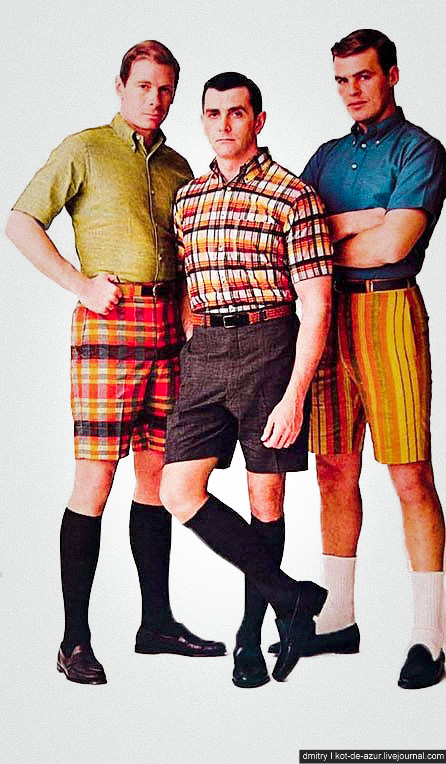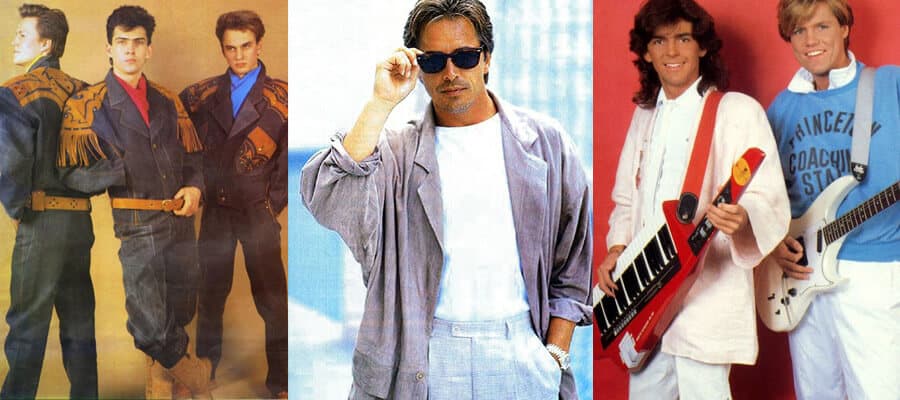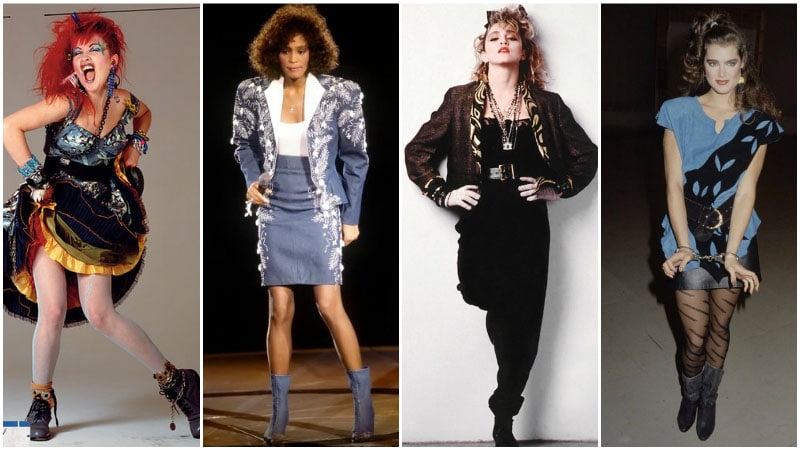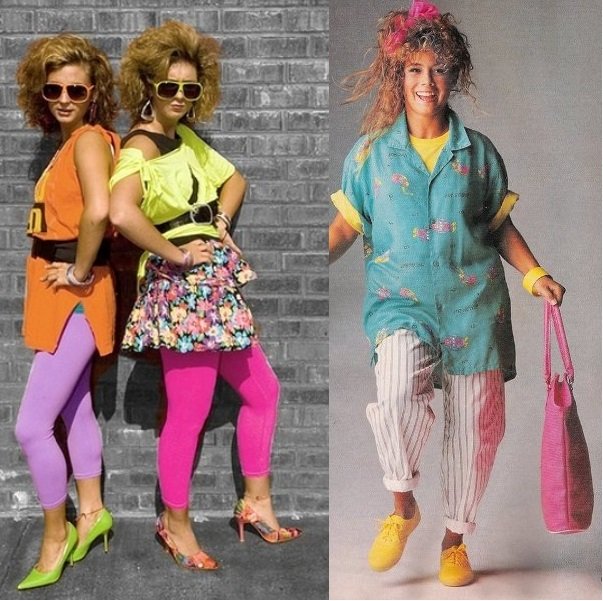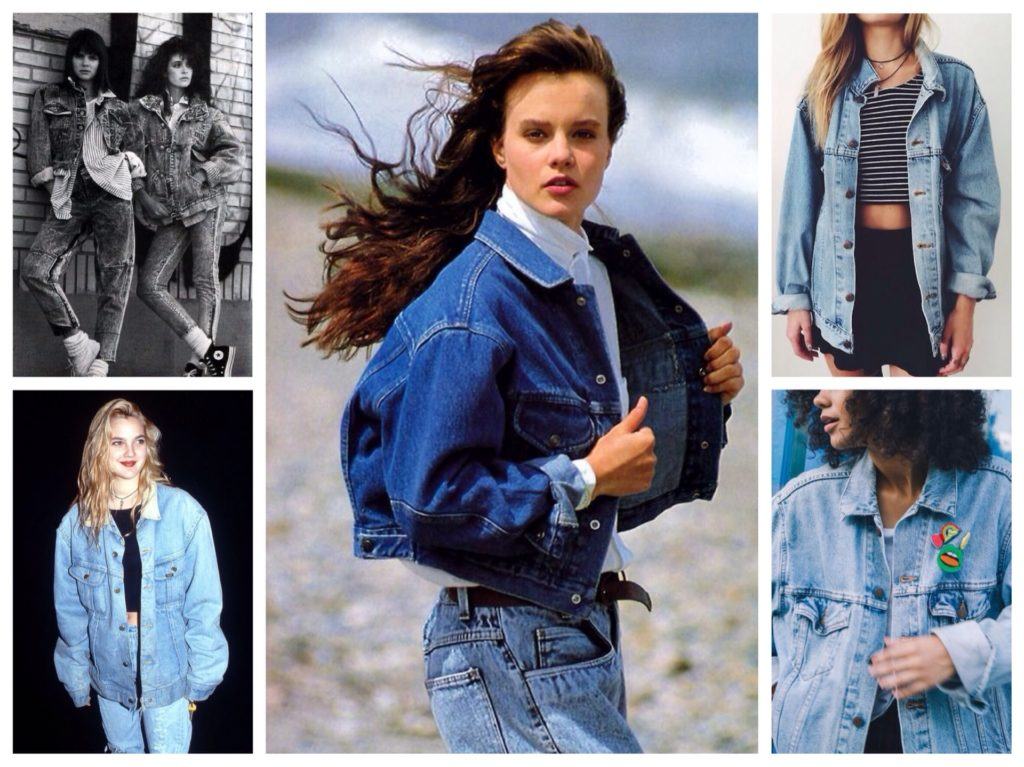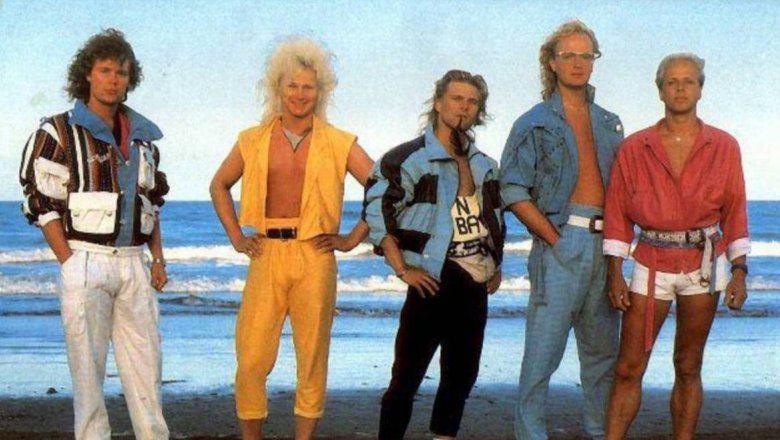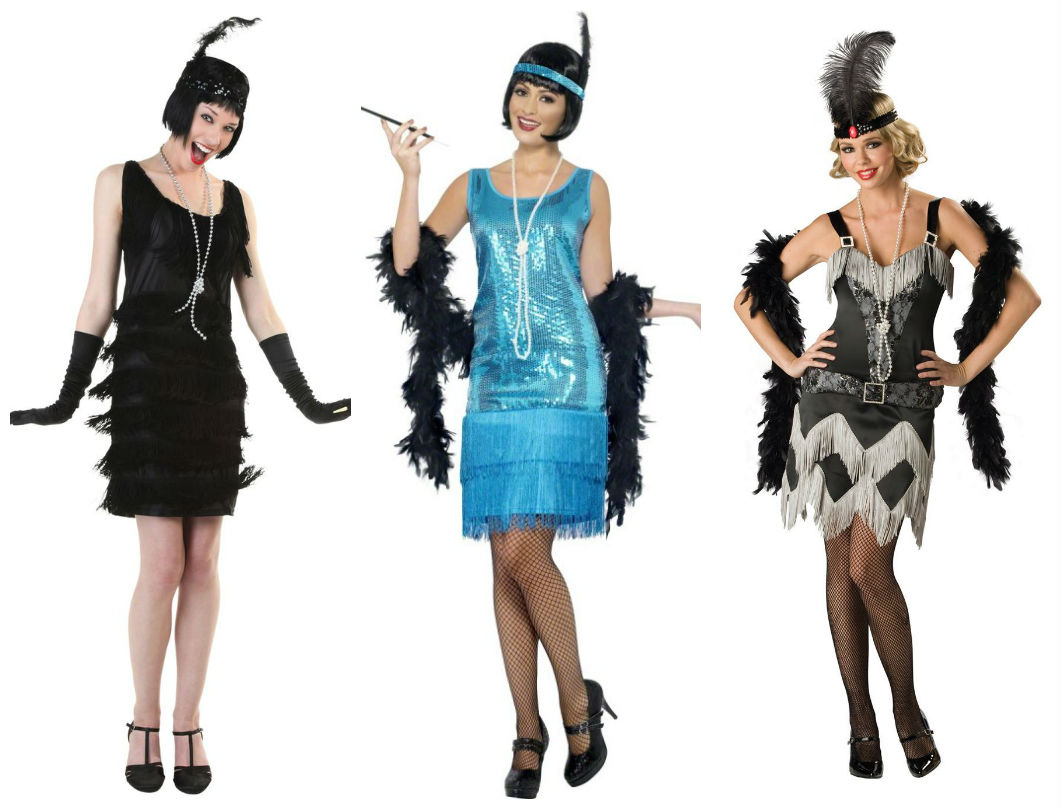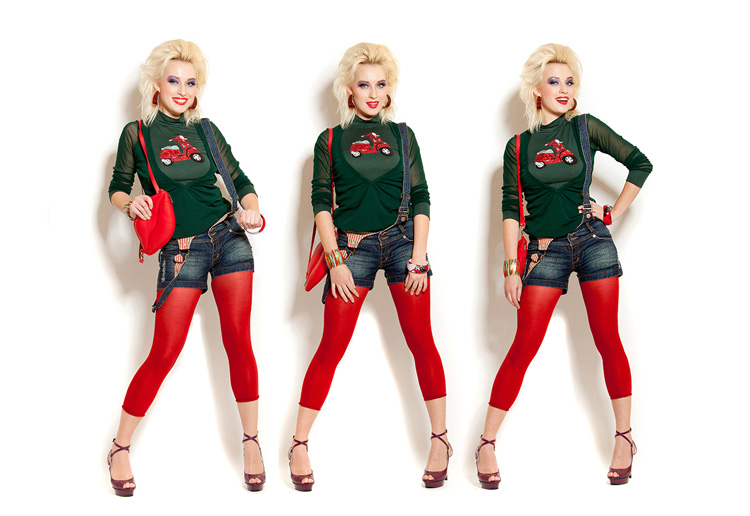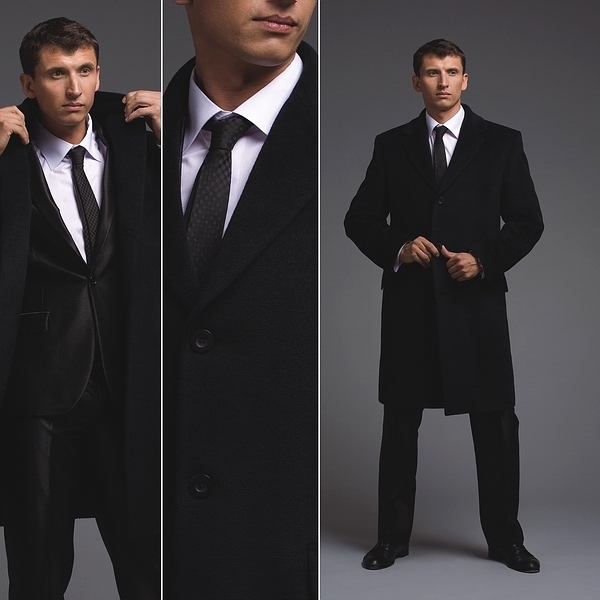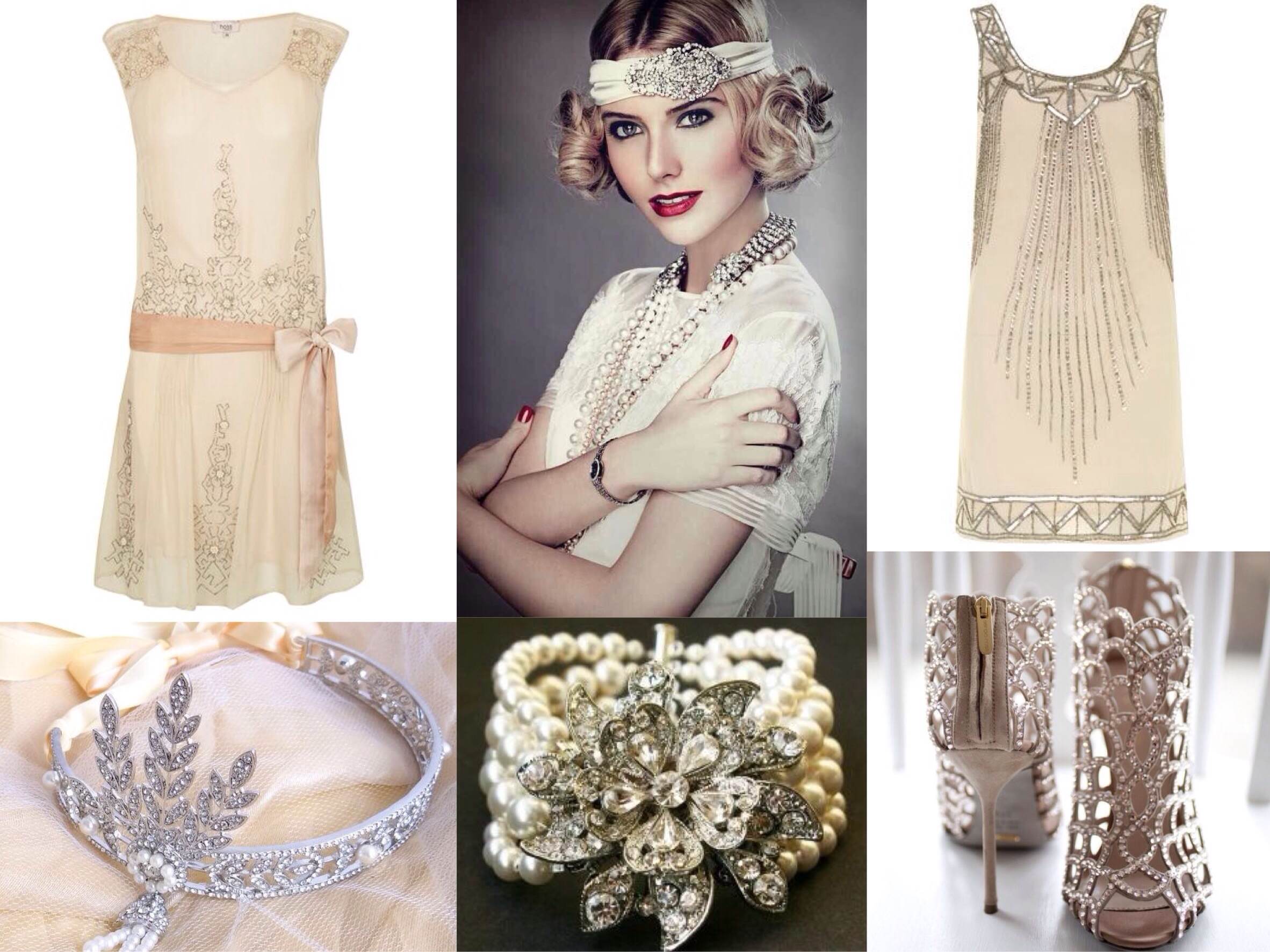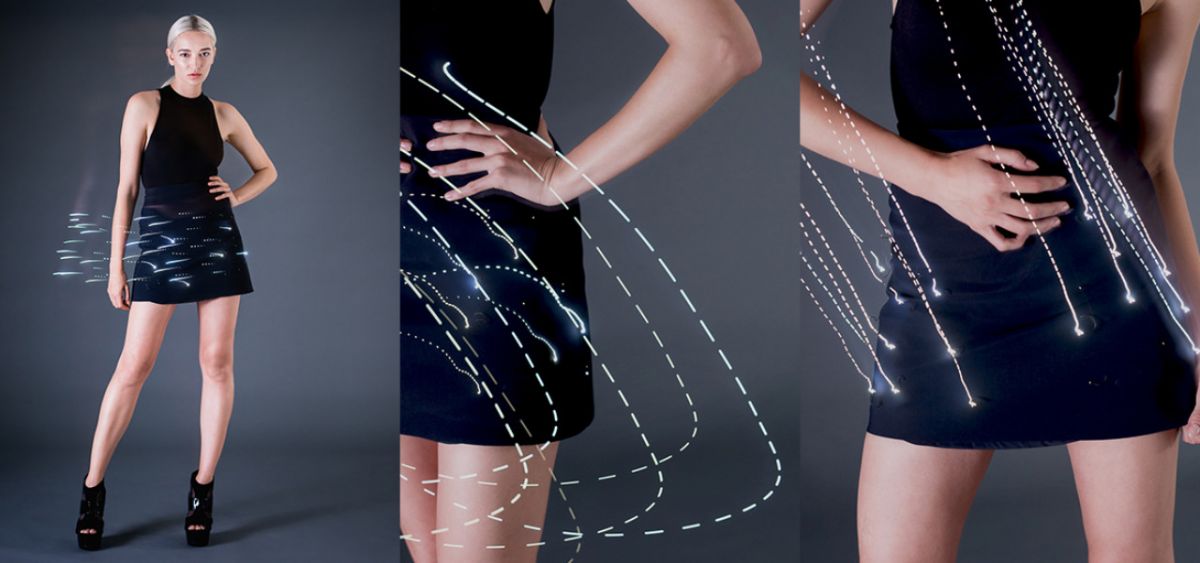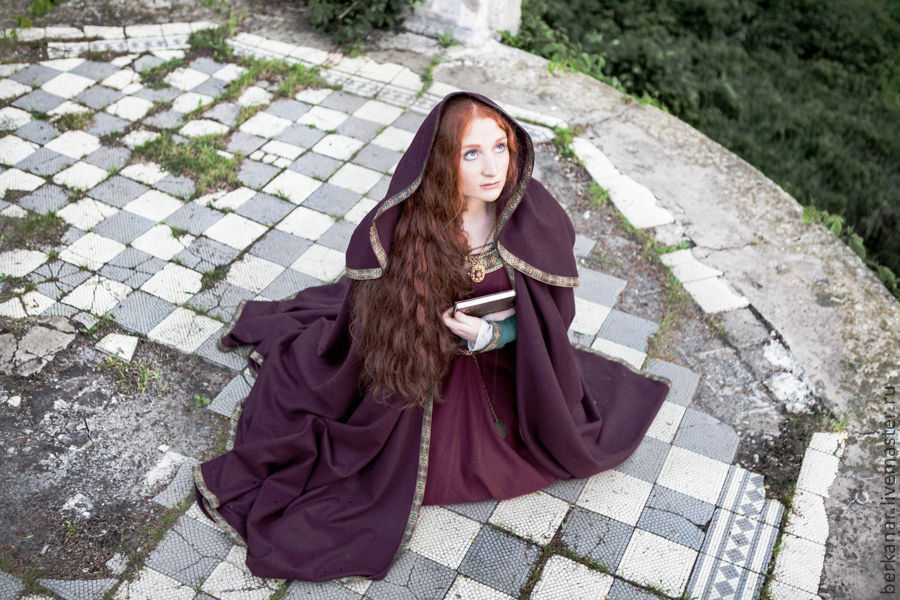Every decade gives birth to new images and trends. The fashion of the 80s is characterized by one word - "too much". This is a controversial period in fashion history, when everything was mixed: classics and bright colors, tight clothes and very wide models, sports style and bright massive jewelry, mini-skirts and floor-length dresses, new subcultures and retro style.
Fashion by Country
The clothes of the 80s of the 20th century combined several styles: modernized classics, ultra-modern (neoclassics), retro images, sports style, denim clothing and others. In different countries, fashion trends of that time have both similarities and differences.
USSR
There has definitely been a revolution in fashion. Modesty is fading into the background, and a riot of colors is coming to the fore. Popular trends of the eighties were reflected in the fashion trends of that time: roller skates, snowboards, hip-hop, techno, aerobics. Men's and women's clothing made of acid-colored fabrics was full of bright inscriptions (especially brand names), glitter and rhinestones, and multi-colored buttons. Oversized items were complemented by fringe, and spacious jackets had a pronounced shoulder line.
From this diversity, four images stood out:
- aggressive business businesswoman;
- romantic lady;
- girl sexy;
- sportswoman.
The sexy style was considered the most popular. Every girl had leggings, a tube dress, a balloon skirt, brightly colored leggings, a short leather biker jacket, pumps and a wide belt on the hips. The clothes were mostly tight-fitting, made of stretch and lycra.
In the 80s, it was fashionable to do sports, especially aerobics. Bright suits for physical activities appeared, fashion magazines of that time are distinguished by an abundance of photographs of slender girls in sports outfits. The bright tracksuit of the mid-80s was not intended for sports, it was a “going-out suit”.
Foreign brands became known to Soviet people, it became fashionable to sew labels of these companies on the front side of suits and other clothes. Since there was a shortage of things in the country, everyone tried to create a unique outfit and pass it off as a fashion brand. For example, a semi-sporty windbreaker was considered an example of Parisian fashion. Massive shoulder belts appeared, women wore huge jackets similar to men's. The peak of fashion was wide banana trousers, tapered at the bottom, necessarily bright in color or with a multi-colored print. A combination of black with red, white or blue was often encountered.
In the mid-80s, "boiled jeans" became popular. Soviet people could not afford foreign clothes, so they boiled their jeans themselves. To do this, they diluted bleach and boiled the clothes on the fire, having previously crumpled or twisted them into knots, so that in the end the thing would not be monochromatic, but with a fancy pattern.
Pyramid jeans replaced boiled jeans. These styles were distinguished by a rather wide top and narrow bottom of the legs. The bottom was turned up in the form of a cuff. The most fashionable models were blue with an embroidered or glued camel on the back pocket.
Abroad
In the 80s, the change of fashion trends was especially rapid. Many new designers appeared who tried to create models as original as possible, modesty went into the background. It was becoming increasingly difficult to determine social status and financial situation by appearance. A wealthy person tried to emphasize his place in society with clothes, and a less wealthy person, on the contrary, tried to hide his insolvency with the help of his wardrobe.
The prêt-à-porter line was developing very actively, thanks to which new items were quickly promoted to the masses, and already well-known brands were improved. In addition, clothing in the style of the 80s implies the use of logos. Back then, they were everywhere: on sportswear and even on evening dresses.
Despite the diversity, the main trends in fashion were:
- business;
- fitness;
- romantic;
- sexy.
In different countries they developed differently, but they were united by the prevalence of famous brands. Speaking about style, women of the 80s mean, first of all, accessories: Dior, Chanel, Louis Vuitton bags, Rolex watches, mostly gold ones. Young businessmen were keen on playing on the stock exchange, success was brought by a respectable suit of a famous brand.
Young punks wore unusual hairstyles, surprising those around them with gothic outfits: clothes, mostly black, were made of leather with torn elements. Aggressive notes were emphasized by metal accessories: belts, rivets, rings, chains. The image was completed with a bright colored mohawk on the head. Girls allowed themselves not to always look brutal, sometimes they wore miniskirts with leather jackets, fishnet tights and short pointed boots with high heels. Today, an 80s-style party implies exactly this kind of clothing.
Style Icons of the 80s
The cult of the beautiful body had a strong influence on the formation of clothing styles in the 80s; magazines wrote about it and it was broadcast on TV screens.
Men
The men's idols were Michael Jackson, David Bowie, Boy George, Valery Leontiev, Thomas Andersen, Dieter Bohlen. Each had his own style of clothing, emphasizing the created screen image:
- Jackson - a broad-shouldered jacket, a voluminous headdress, a leather jacket, loafers, white socks, a scarf, gloves, a loose-fitting shirt and trousers, lots of rhinestones and sequins;
- Bowie - T-shirt, jeans, bright jacket, neck scarf, platform shoes, dyed hair and makeup;
- George - a bright headdress, a jacket with metal elements, a lot of makeup, different hairstyles;
- Andersen - leather pants and a jacket on a naked body;
- Valery Leontiev – a new, sophisticated image every time.
Men also tried to imitate famous idols.
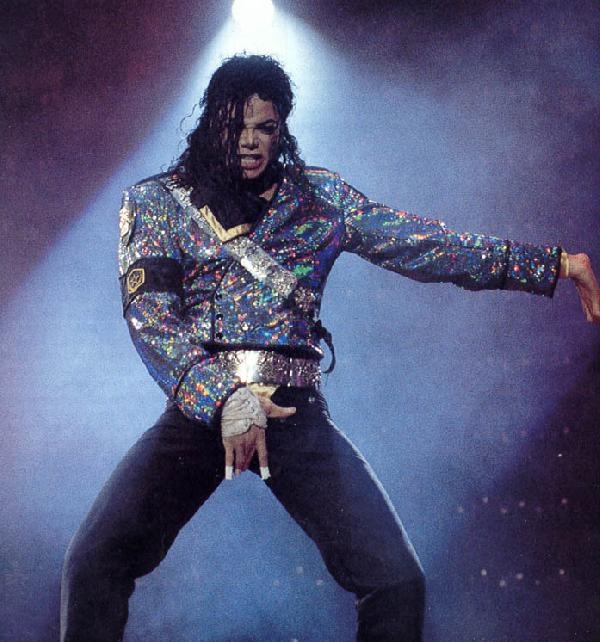




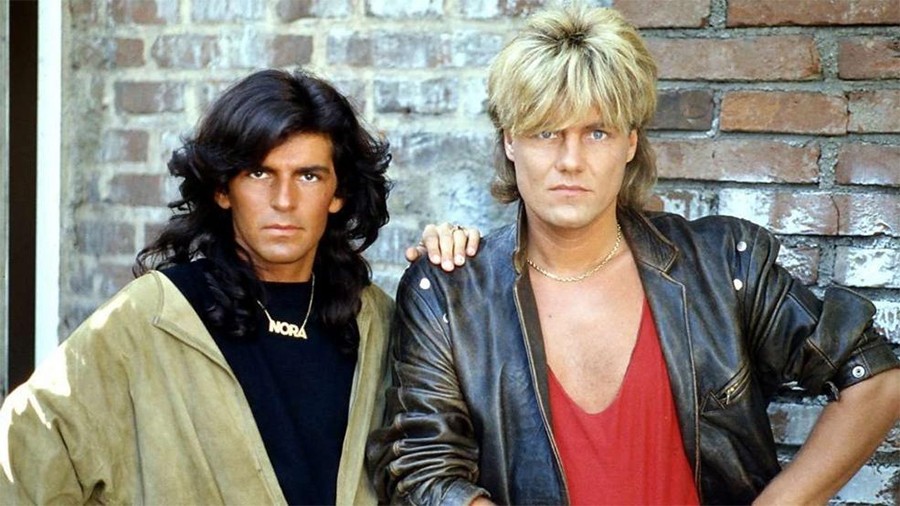
Women
For women, the romantic icon of the 80s was Princess Diana. She amazed everyone with a wedding dress that took 40 meters of silk. The full skirt was trimmed with old English lace, the train was 7.5 meters long. This outfit served as an impetus for young designers who subsequently created new romantic collections.
1979 was marked by the premiership of Margaret Thatcher, which led to the emergence of a new business style. At the same time, the series "Dynasty" was on, which also influenced the formation of fashionable images of young people.
In the USSR in the 80s, Raisa Maximovna Gorbacheva set the style. She set the trends in tailoring women's business clothes. Alla Pugacheva and Barbara Brylska were also considered style icons. The main differences from other periods.
The main features of fashion styles of the 80s:
- bright, colorful fabrics;
- lots of rhinestones, sharp spikes, large beads;
- huge shoulder pads;
- mini skirts, bodysuits;
- sports sneakers or pumps;
- glasses with bright frames;
- voluminous haircuts and hairstyles: bouffant, fine curls, feathers;
- overly flashy makeup and pearlescent lipstick.
In the 80s, new fashion houses actively offered clothes: expensive boutiques of famous fashion designers, small shops of inexpensive clothes of young designers. New collections were supplemented with notes of retro styles, remade in a modern way. New fabrics based on synthetics and lycra appeared. Sportswear lost its direct purpose, they began to wear it everyday: to work, to a party, to negotiations, to training. A sexual revolution took place, hence: mini-skirts, high heels, corsets. Sexy style appeared. Today, corporate parties in the style of the 80s are often organized.


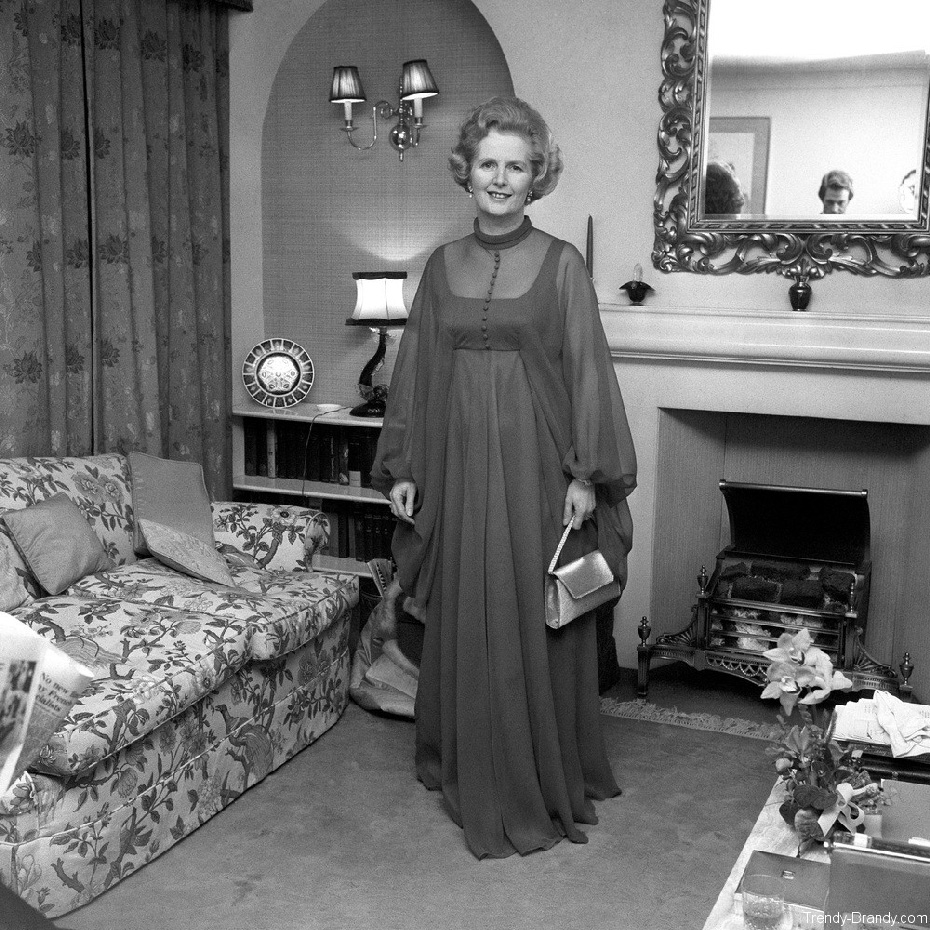
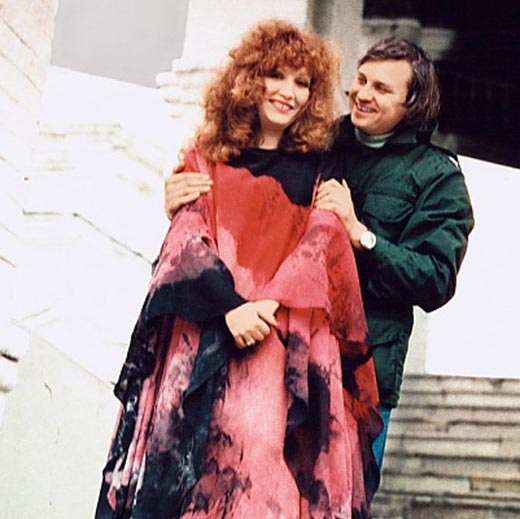

Video
Photo

